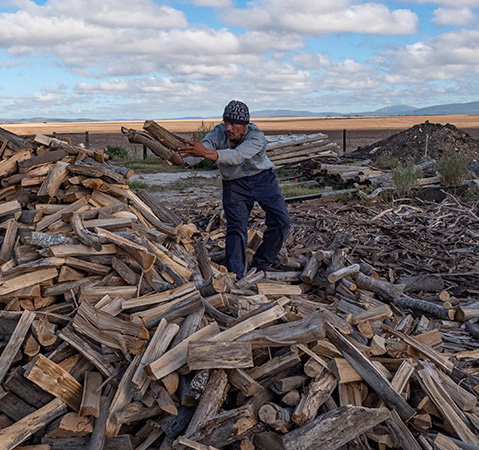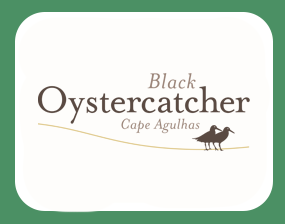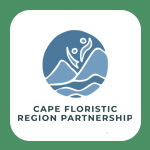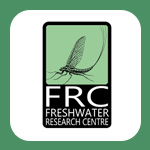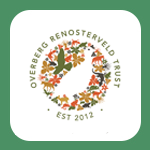Restore nature
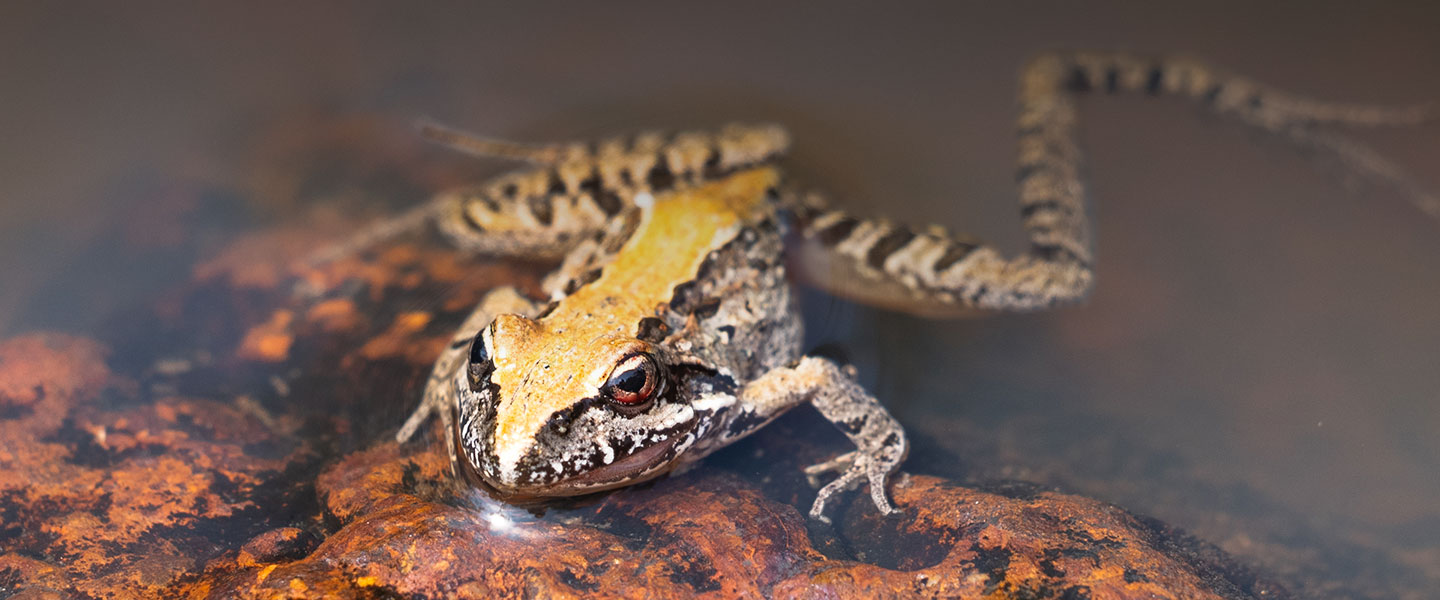
Restoring and safeguarding nature
Objective 2: Managing and enhancing the ecological integrity of our conservation areas
RESTORING NATURE
At the heart of the Nuwejaars Wetlands Special Management Area (NWSMA) lies a rich and varied landscape – from wetlands and rivers to fynbos mountains and renosterveld ridges.
To protect this biodiversity, we actively manage our Core Conservation Areas and broader Conservation Areas to maintain and improve ecosystem health.
Objective 2 of our Biodiversity Management Plan focuses on supporting a functional ecosystem by creating habitat corridors, reducing ecological barriers and applying adaptive, science-based conservation practices.
Aquatic habitat management: Healthy rivers, wetlands & riparian zones
Our waterscapes are lifelines for biodiversity – and for surrounding communities. We work to conserve these ecosystems through:
- Developing and implementing strategies to mitigate threats.
- Restoring degraded riparian zones through rehabilitation and rewilding.
- Partnering with research institutions to understand our aquatic systems better.

Terrestrial habitat management: Protecting land-based biodiversity
Our terrestrial ecosystems are home to diverse flora and fauna, many of which are threatened or endemic. For example, we’re home to Critically Endangered Agulhas Sand and Agulhas Limestone Fynbos, and Endangered Elim Ferricrete Fynbos. To conserve these landscapes, we:
- Identify degraded habitats and threats to ecological integrity.
- Prioritise and design mitigation strategies, with implementation projects.
- Carry out targeted habitat restoration activities.

Invasive alien vegetation management: Containing a major threat
Invasive alien plants pose one of the biggest threats to our biodiversity. Our strategy includes:
- Mapping and tracking alien plant densities.
- Developing and updating a targeted clearing schedule.
- Keeping detailed clearing records and refining strategies accordingly.
- Exploring potential value-added uses for cleared biomass.
- Integrating invasive alien control with fire management for greater efficiency.
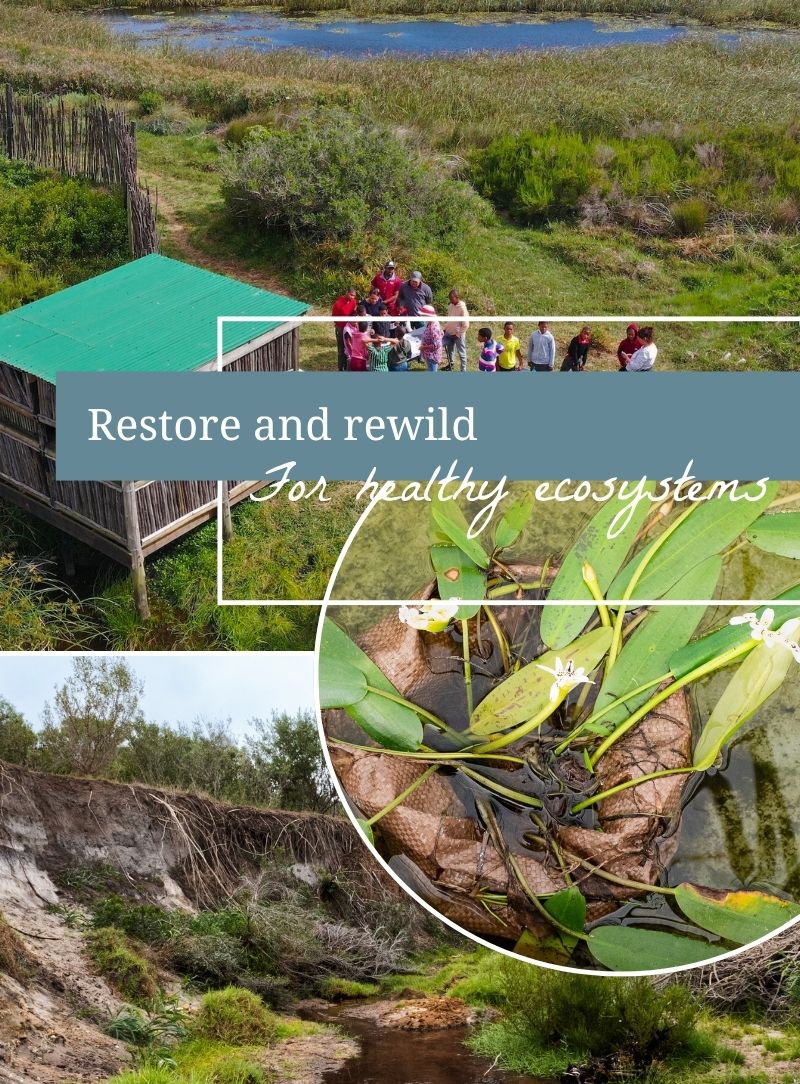
Fire management: Harnessing fire for ecosystem health
Fire is a natural part of many ecosystems – but it must be managed to reduce risks and support biodiversity. Our approach includes:
- Maintaining and refining our Fire Management Plan.
- Integrating fire and alien vegetation control into one management framework.
- Mapping veld age and burn history to identify high-risk areas.
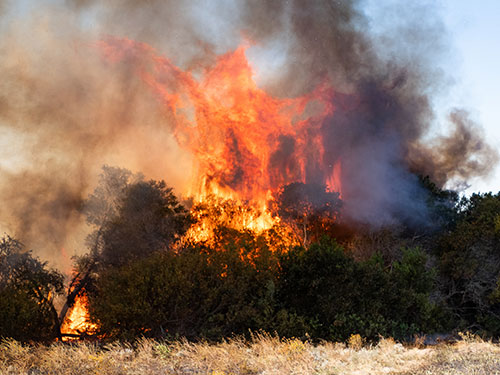
Wildlife management: Supporting a balanced ecosystem
We aim to conserve indigenous animals and ensure their presence supports ecosystem function. For example, we reintroduced hippo and buffalo to the Agulhas Plain, since they became locally extinct around 200 years ago. Other indigenous mammals were also brought in, including eland and bontebok. Bontebok are especially important to this part of the world. It’s here that this beautiful antelope was saved from extinction in the early 1900s by ancestors of members of the NWSMA. Today they are listed as Vulnerable on the IUCN Redlist.
Our management actions include:
- Developing species-specific management and monitoring plans.
- Assessing habitat health.
- Evaluating and guiding any potential species introductions.
Through this comprehensive, landscape-level approach, we’re building a resilient, connected and thriving Nuwejaars Wetlands ecosystem – for nature and for people.

